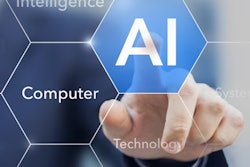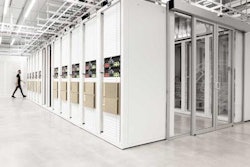
Graphics processing unit (GPU) technology developer Nvidia has made operational a new framework designed to support the more rapid development of artificial intelligence (AI) applications, called Medical Open Network for AI (MONAI).
Nvidia announced MONAI in April in collaboration with King's College London in the U.K. MONAI is an open-source framework designed to support AI developers as they create new algorithms for healthcare. It includes domain-specific data transforms, neural network architectures, and evaluation methods for measuring the quality of medical imaging models.
Nvidia hopes that MONAI will become the standard for AI algorithm development in healthcare, according to Kimberly Powell, vice president of healthcare at Nvidia. In the first software release of MONAI, which will be part of the next release of the company's Clara software, Nvidia plans to have a variety of developer tools and over 20 pretrained models for developers, including for use in COVID-19 detection, she said.
There are currently eight working groups in the MONAI framework, each focusing on tasks ranging from interoperability to federated learning to clinical deployment. The new Clara release will include training optimization for Nvidia's DGX A1000 GPUs that will accelerate training turnaround time.
Institutions that have adopted MONAI include King's College London, Massachusetts General Hospital, Stanford University, and Vanderbilt University. The first MONAI bootcamp in September drew 550 registrants from 40 countries, according to Nvidia.
Other new launches for Nvidia include an update to its Clara software with DeepGrow 3D, a new annotation model that supports interactive segmentation of data. DeepGrow 3D has been integrated into 3D software developed by Fovia, which provides 3D applications to many other vendors on an OEM basis.
Nvidia believes that AI-assisted annotation is key to increased use of artificial intelligence by unlocking access to large datasets of radiology images that are used to train algorithms. Annotating the images in these datasets can be a cumbersome task, one that can be sped up with AI annotation.



















